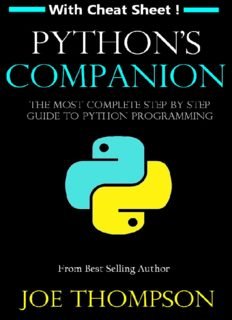Description
«Modeling Structured Finance Cash Flows with Microsoft Excel» authored by Keith A. Allman is an indispensable resource for finance professionals seeking to master the intricacies of structured finance modeling using the ubiquitous tool, Microsoft Excel. Allman’s expertise in finance and his proficiency with Excel converge in this comprehensive guide, offering a thorough exploration of the principles and practices underpinning structured finance cash flow modeling.
The book serves as a roadmap for navigating the complexities of structured finance transactions, from collateralized debt obligations (CDOs) to asset-backed securities (ABS) and beyond. Allman begins by laying a solid foundation, elucidating fundamental financial concepts and Excel techniques essential for effective modeling.
What sets Allman’s work apart is its practical approach. Rather than overwhelming readers with abstract theory, he focuses on equipping them with tangible skills and techniques that can be immediately applied in real-world scenarios. Through step-by-step tutorials and hands-on exercises, readers learn to construct robust Excel models that accurately reflect the cash flow dynamics of various structured finance instruments.
Allman’s attention to detail is evident throughout the book, as he meticulously guides readers through each stage of the modeling process, from data gathering and structuring to scenario analysis and stress testing. Real-world case studies and examples further reinforce key concepts, providing valuable insights into the nuances of structured finance modeling.
Moreover, Allman recognizes the dynamic nature of the finance industry and the evolving regulatory landscape. He explores best practices for incorporating regulatory requirements and accounting standards into financial models, ensuring compliance and accuracy.
Whether you’re a seasoned finance professional looking to enhance your modeling skills or a newcomer seeking to break into the field, «Modeling Structured Finance Cash Flows with Microsoft Excel» offers a comprehensive and practical guide to mastering the art of structured finance modeling. With Allman as your guide, you’ll gain the confidence and expertise needed to excel in this complex and rewarding domain.








Reviews
There are no reviews yet.